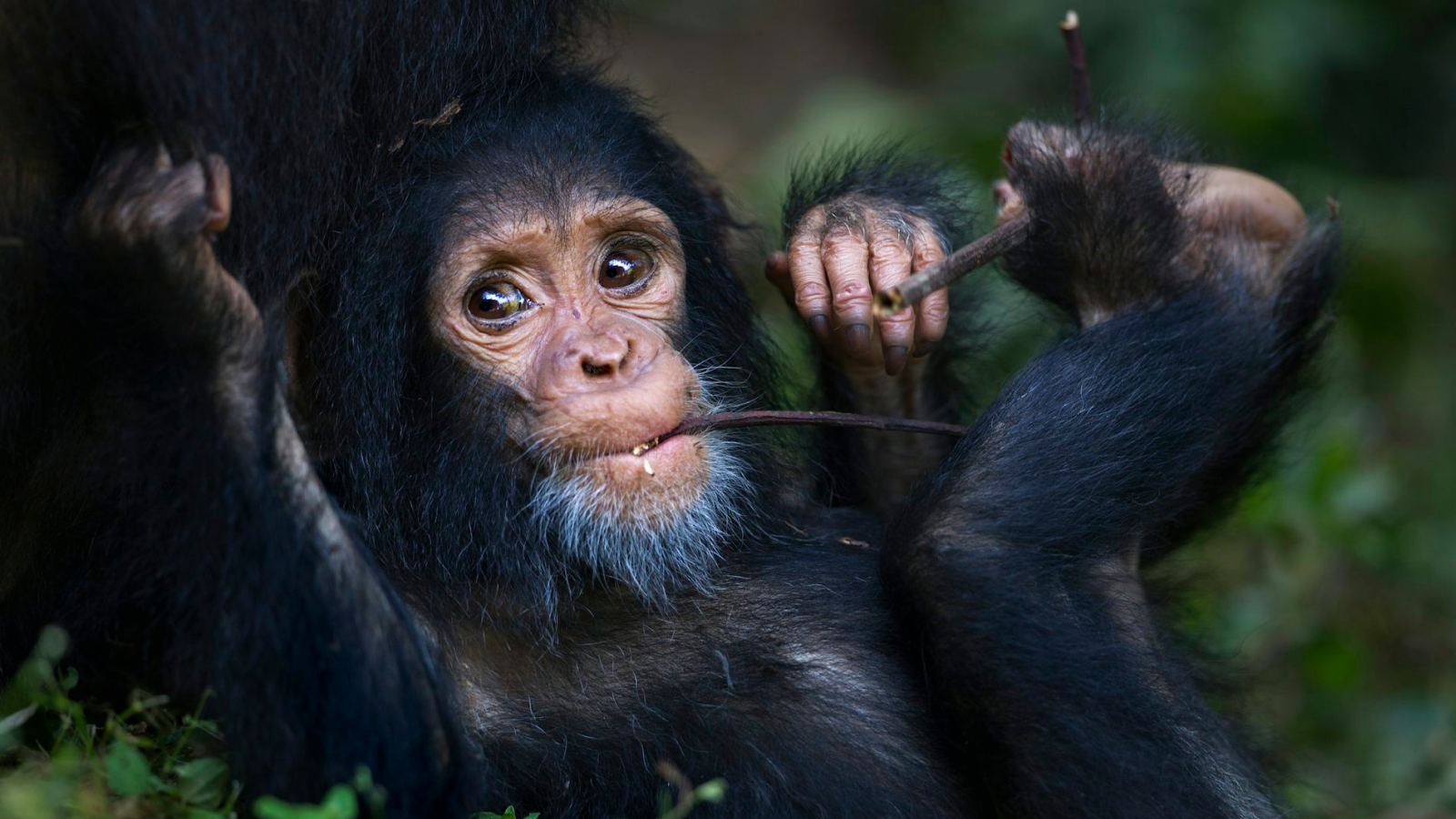Infant Eye-Tracking May Hold Clues to Autism


How long infants spend looking at other people's eyes may be an early marker of autism, a new study suggests.
In the study, infants watched a video of a person acting like a caregiver, while the researchers tracked their eye movements.
Infants that later developed autism were found to show declines in how long they looked at the caregiver's eyes, starting around ages 2 months to 6 months.
By age 2, children with autism looked at caregiver's eyes about half as long as children without autism.
The earlier doctors can identify autism, the more effective treatments are thought to be. Future studies may help researchers figure out how to preserve some of the eye-looking skills that babies with autism seem to have at birth, the researchers said.
Future treatment may be able to "build on that early eye-looking and help reduce some of the associated disabilities that often accompany autism," said study researcher Warren Jones, of Emory University.
Get the world’s most fascinating discoveries delivered straight to your inbox.

Rachael is a Live Science contributor, and was a former channel editor and senior writer for Live Science between 2010 and 2022. She has a master's degree in journalism from New York University's Science, Health and Environmental Reporting Program. She also holds a B.S. in molecular biology and an M.S. in biology from the University of California, San Diego. Her work has appeared in Scienceline, The Washington Post and Scientific American.


